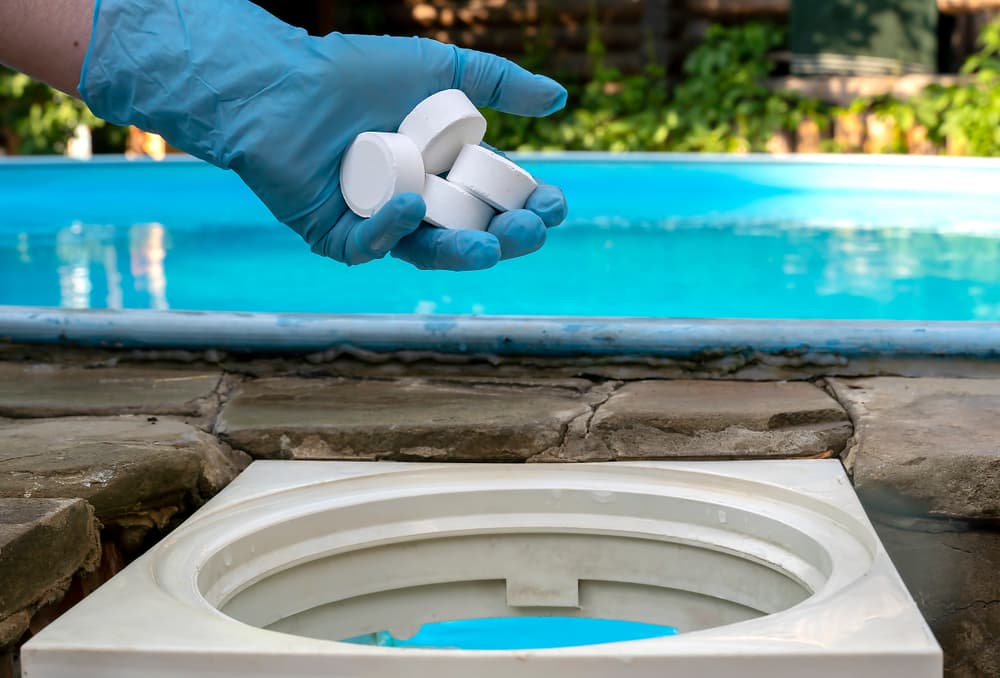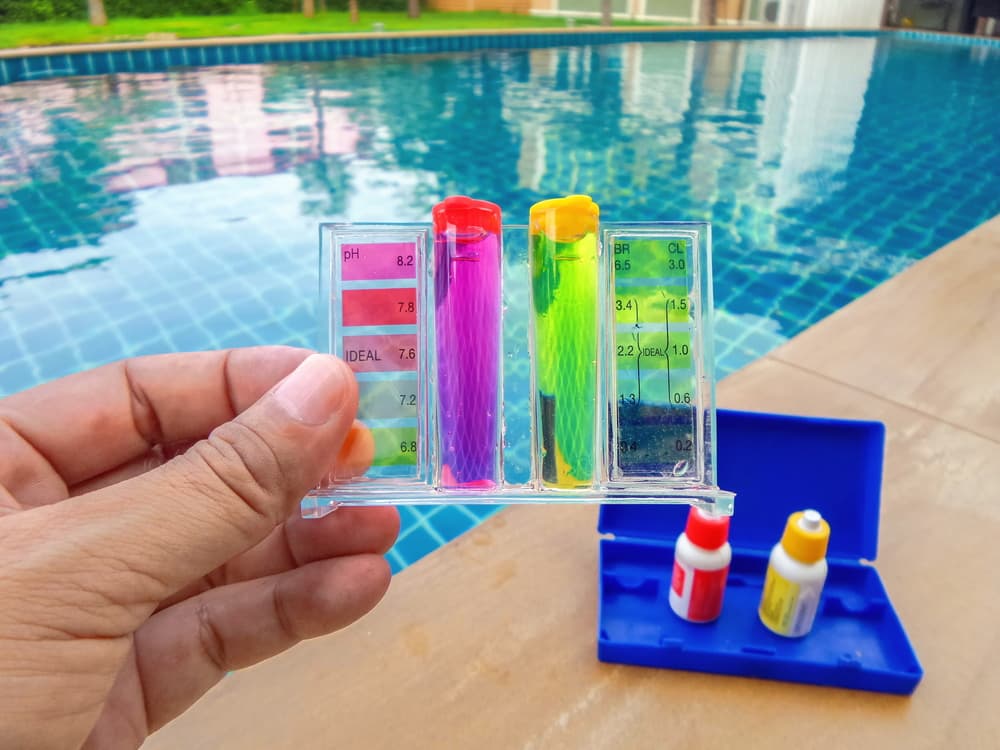
So you’ve finally done it. You’ve gotten your very own swimming pool. Good for you! Having a reputable San Diego swimming pool builder construct a gorgeous pool in their backyard is the dream of many American homeowners.
However, before you can safely enjoy your new pool, you’ll need to do a few things to ensure the water stays crystal clear and germ-free at all times. Don’t worry, it’s nothing too complicated!
In this article, we’ll provide you with some tried-and-true tips on how to maintain good pool water chemistry with minimal effort. Read on to learn more.
How do you take care of a new pool?
Cleaning, Chemistry, and Circulation are the three Cs of pool care. The goal is to ensure the water is properly filtered and moving, that there’s no debris in the water, and that the water chemistry is well-balanced.
Here’s how you can do that:
Cleaning
- Skim the surface daily
- Brush steps, walls, ladders, and low circulation spots every day
- Use an automatic cleaner or vacuum the pool once a week
Chemistry
- Balance alkalinity and pH
- Shock every two weeks
- Test the water once or twice a week
- Maintain sanitizer levels
Circulation
- Run the pool pump 8-12 hours every day
- Make sure the jets are facing downward and circular
- Clean the pump basket and skimmer
- Clean filter or backwash if pressure is over 10-15 psi
What chemicals do you put in a pool for the first time?
It’s an unfortunate reality that weather changes make it impossible to use a swimming pool throughout the year in most parts of the world. As a result, homeowners often have to “start up” their pools at the beginning of a new pool season.
Here are some good target values for pool water:
- Alkalinity: between 80 and 120 ppm
- pH: between 7.2 and 7.6
- Chlorine: between 1 and 3 ppm
- Cyanuric acid: between 30 and 50 ppm
- Calcium hardness: between 180 and 220 ppm
If your alkalinity is low, add an alkalinity increaser. If it’s too high, use a pH decreaser. If pH levels are low, use a pH increaser. If your calcium hardness is low, use a calcium hardness increaser, or muriatic acid if calcium hardness is too high. If you use free chlorine, you’ll also have to add stabilizer to bring your level up to 30 ppm.
How long do you have to wait to swim in a new pool?
It depends on the type of shock you used and the specific circumstances in your pool. When in doubt, it’s best to follow the recommendations printed on your pool chemicals.
At best, you’ll need to wait a minimum of 4 hours before entering the pool. However, to be completely safe, it’s highly advised that you wait for a complete turnover of the water (ie., the time it takes for all the water to pass through the filter).
Needless to say, if someone has recently had a nasty accident in your swimming pool, it’s safer to give your pool at least a couple days to clean out.

Where can I find an award-winning San Diego swimming pool builder?
There’s no better way to increase the value of your home and provide your loved ones with a great place for relaxation and exercise than by having a trusted pool contractor like So Cal Custom Pools & Spas add a modern swimming pool to your property. With more than 20 years of industry experience and no less than 5 Best Design awards, we’re superbly qualified to provide you with everything from small 2-person spas to large sports pools that could rival the Bud Kearns Memorial Pool in size. Give us a call and get your free estimate today!



 5-Star Pool Builder
5-Star Pool Builder
 5-Star Rating on Facebook
5-Star Rating on Facebook
 We are on Angie's List
We are on Angie's List




